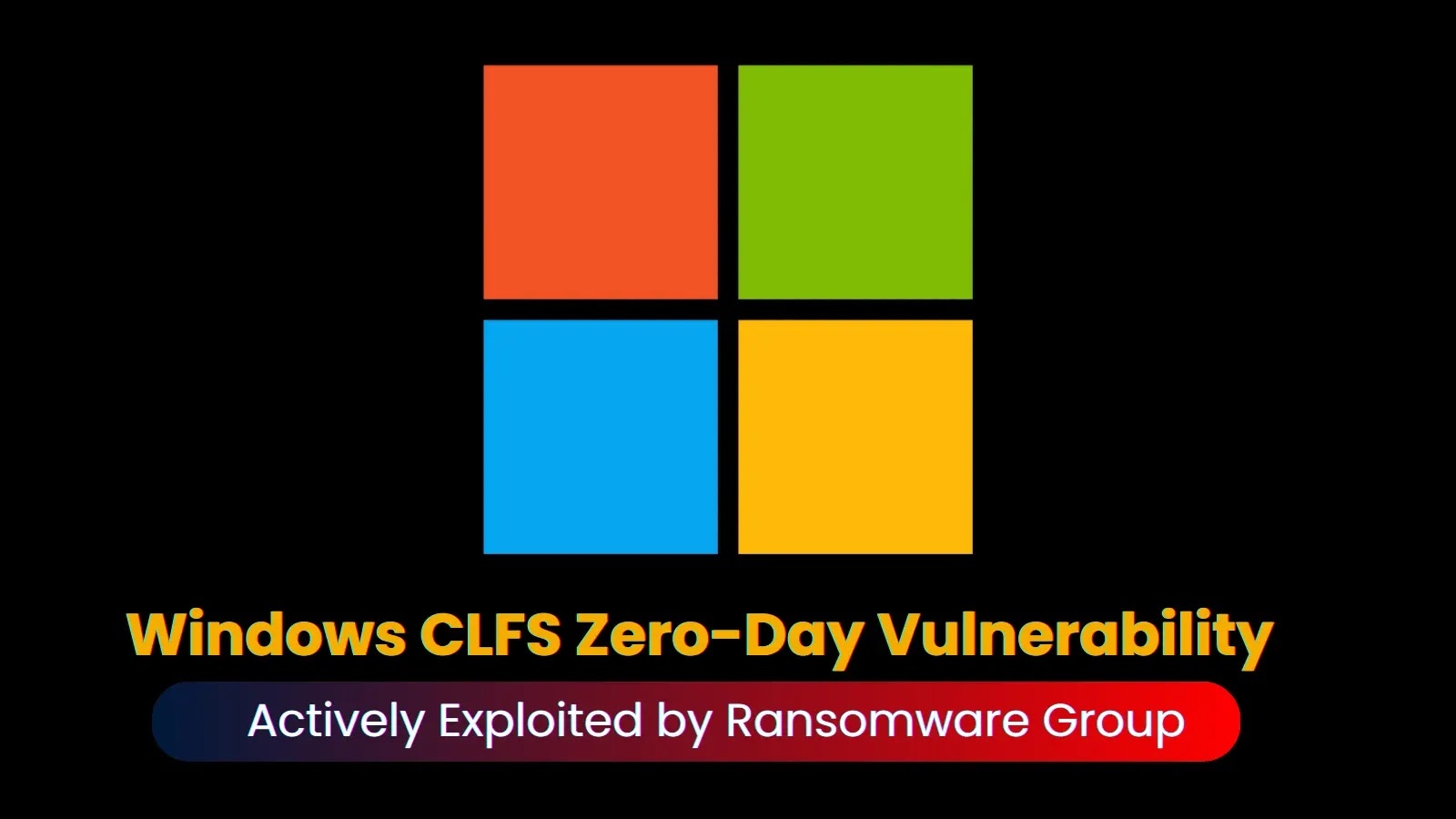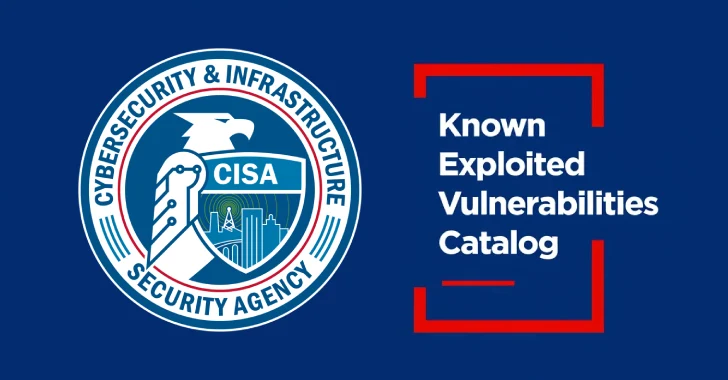A significant security flaw has been identified in the Windows Common Log File System (CLFS), designated as CVE-2025-29824. This zero-day vulnerability is currently being actively exploited by a ransomware group, prompting Microsoft to release urgent security updates on April 8, 2025.
Understanding the Vulnerability
The CLFS is a subsystem within Windows responsible for data and event logging. The identified flaw resides in the CLFS kernel driver and allows attackers with standard user privileges to escalate their access to system-level control. This elevation of privilege can lead to unauthorized data access, system manipulation, and further exploitation within an organization’s network.
Exploitation by Threat Actors
Microsoft’s investigation has linked the exploitation of CVE-2025-29824 to a threat actor identified as Storm-2460. This group has been deploying the PipeMagic malware to facilitate ransomware attacks across various industries, including IT and real estate in the United States, finance in Venezuela, software in Spain, and retail in Saudi Arabia.
Attack Methodology
The attack sequence employed by Storm-2460 is both sophisticated and multi-faceted:
1. Initial Access: Attackers utilize the Windows certutil utility to download a malicious MSBuild file from a compromised third-party website.
2. Malware Deployment: The downloaded file is decrypted and executed via the EnumCalendarInfoA API callback, leading to the deployment of the PipeMagic malware.
3. Exploitation: PipeMagic executes the CLFS exploit in memory through a dllhost.exe process. The exploit leverages a memory corruption technique, using the RtlSetAllBits API to overwrite the process token, thereby granting full system privileges.
4. Credential Harvesting: Post-exploitation, the attackers inject a payload into winlogon.exe and use Sysinternals’ procdump.exe to dump the memory of the LSASS process, harvesting user credentials.
5. Ransomware Deployment: With elevated privileges and harvested credentials, the attackers deploy ransomware. Encrypted files receive random extensions, and a ransom note titled !READ_ME_REXX2!.txt is dropped. The note includes links to .onion domains associated with the RansomEXX ransomware family, indicating a possible connection to this known threat.
6. Anti-Recovery Measures: To hinder recovery efforts, commands are executed to disable recovery options and delete backups.
Indicators of Compromise
Organizations should be vigilant for specific signs that may indicate exploitation of this vulnerability:
– Presence of a CLFS BLF file at C:\ProgramData\SkyPDF\PDUDrv.blf.
– Unusual activity involving dllhost.exe processes.
– Unauthorized use of certutil.exe to download files.
– Unexpected execution of procdump.exe targeting the LSASS process.
Mitigation and Recommendations
In response to this critical threat, Microsoft has released patches for CVE-2025-29824. Notably, Windows 11, version 24H2 systems are unaffected by the observed exploitation method, even if the vulnerability exists.
Organizations are strongly advised to:
– Apply Security Updates: Ensure that all relevant patches are applied promptly to mitigate the risk of exploitation.
– Enable Cloud-Delivered Protection: Utilize Microsoft Defender Antivirus with cloud-delivered protection to detect and prevent malicious activities.
– Implement Endpoint Detection and Response (EDR): Run EDR in block mode to identify and stop malicious activity.
– Monitor for Indicators of Compromise: Regularly review system logs and network activity for signs of exploitation.
– Educate Employees: Conduct training sessions to raise awareness about phishing attacks and the importance of not downloading files from untrusted sources.
Conclusion
The exploitation of CVE-2025-29824 underscores the evolving tactics of ransomware groups and the critical importance of maintaining up-to-date security measures. Organizations must remain vigilant, apply necessary patches promptly, and adopt a proactive approach to cybersecurity to safeguard against such sophisticated threats.



